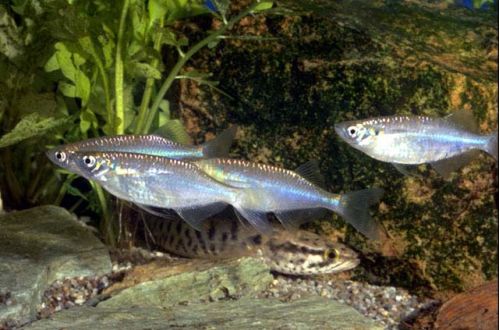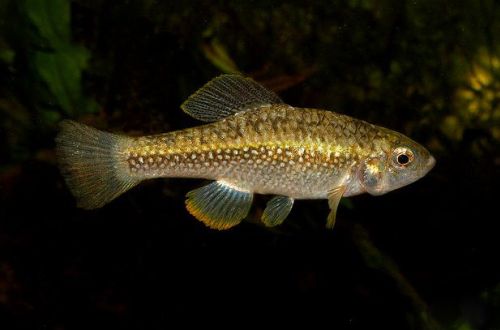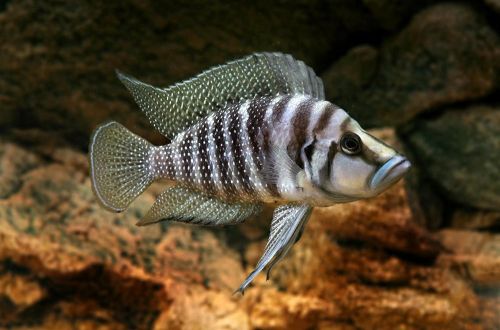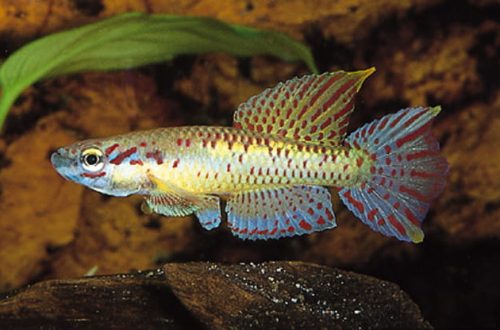
Hela bluish
Hela bluish, scientific name Laubuka caeruleostigmata, belongs to the family Cyprinidae (Cyprinidae). It comes from Southeast Asia, inhabits the Mekong and Chao Phray river basins in the vast expanses of Indochina in Thailand, Cambodia, Laos. Prefers to stay in the upper water layer, found both in the main channels of the rivers and in backwaters, as well as in flooded areas of tropical forests at the peak of seasonal floods.

Description
Adults reach a length of about 7 cm. The fish has a high, laterally compressed body, resembling the shape of a wedge-belly or iris. The coloration is gray-silver or olive, bluish reflections and 4–5 dark marks are noticeable on the sides, the brightest of which is located behind the gill cover.
Behavior and Compatibility
Peaceful moving fish. Prefers to be in the company of relatives, so it is recommended to purchase in a flock. Alone or in a small group becomes shy. Compatible with most species of comparable size and temperament.
Brief information:
- The volume of the aquarium is from 100–120 liters.
- Temperature – 23-27°C
- Value pH — 6.4–7.5
- Water hardness – soft or light hardness (1-12 dGH)
- Substrate type – any
- Lighting – subdued or moderate
- Brackish water – no
- Water movement – light or moderate
- The size of the fish is up to 7 cm.
- Nutrition – protein-rich floating food
- Temperament – peaceful
- Keeping in a group of 6-8 individuals
Maintenance and care, arrangement of the aquarium
The optimal size of the aquarium for a flock of 6-8 individuals starts from 100-120 liters. In the design, the main attention is paid to the upper tier. It is recommended to use groups of rooting plants reaching the surface and clusters of floating plants. In the case of the latter, their excessive growth should not be allowed.
Hela bluish tends to jump out of the aquarium. Although floating plants will be a natural obstacle, it is still recommended to use a lid.
Fish are able to live in a relatively wide range of hydrochemical parameters, which simplifies the process of water treatment during maintenance.
Food
In nature, it feeds on small insects caught from the surface. In the home aquarium, it is also worth offering a diet rich in protein. A good choice would be popular dry food in the form of flakes. Live or frozen bloodworms, daphnia, brine shrimp, diversify the daily diet.





